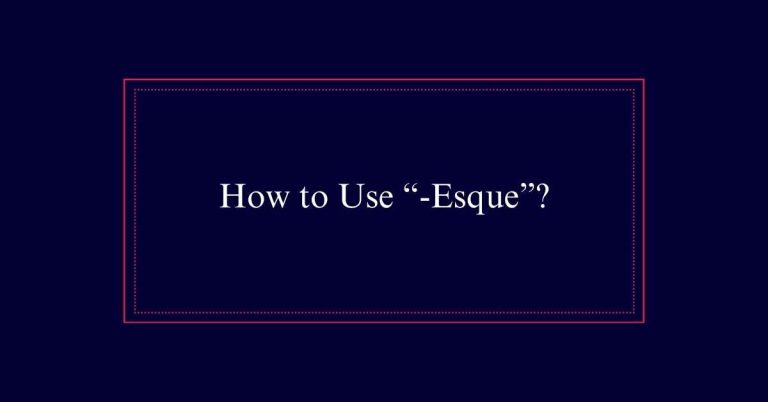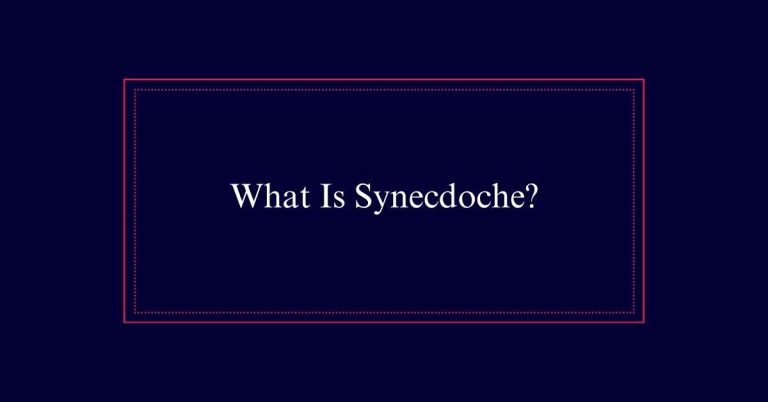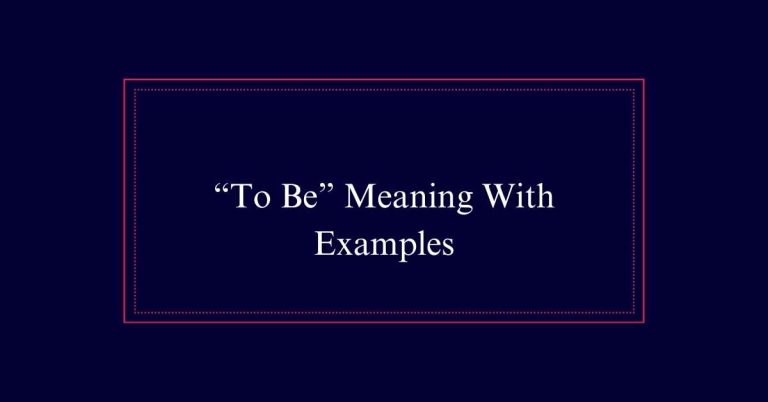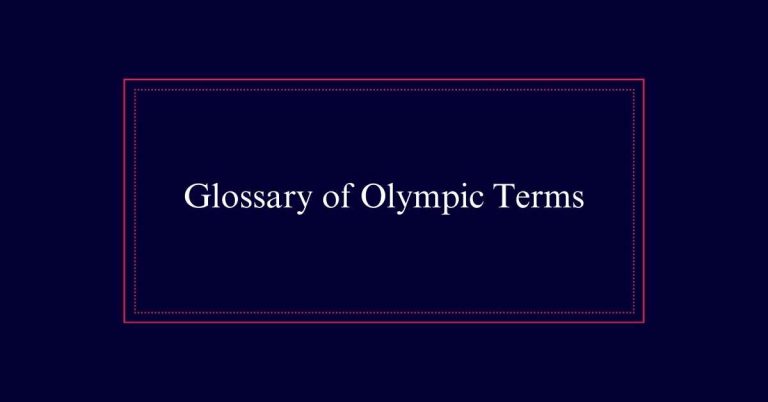Led or Lead
The correct past tense of the verb ‘lead’ is ‘led.’ ‘Led’ is used to indicate an action completed in the past, such as in the sentence, ‘She led the team to victory.’ It is important not to confuse this with ‘lead,’ which is the present tense of the verb. Additionally, ‘lead’ can also refer to a heavy metal used in various applications. Proper usage of ‘led’ and ‘lead’ guarantees clear and effective communication.
Definition of ‘Led’
What is the past tense of the verb ‘lead’?
The past tense of ‘lead’ is ‘led.’ This simple change alters the verb to indicate an action completed in the past.
For example, ‘She led the team to victory’ implies she guided the team at a previous time. ‘Led’ can be used in various contexts, such as guiding people, directing activities, or causing events to happen.
For instance, ‘The project was led by an experienced manager’ or ‘The investigation led to new discoveries.’
Meaning of ‘Lead’
The word ‘lead’ has multiple meanings, making it important to understand its context in usage. As a verb, ‘lead’ means to guide or direct someone or something. For example, ‘She will lead the team to victory.’ It can also mean to cause something to happen, as in ‘His hard work will lead to success.’
As a noun, ‘lead’ refers to a type of heavy metal, often used in construction and batteries. For instance, ‘Lead pipes were commonly used in old buildings.’ Additionally, the term ‘lead’ is used to describe the core of a pencil, which is actually made of graphite, not the metal lead.
Understanding these distinctions is essential for proper communication.
‘Led’ as Past Tense
Many people confuse ‘led’ with ‘lead’ due to their similar spellings. However, ‘led’ is the correct past tense of the verb ‘lead. This verb means to guide, direct, or be in charge. For instance, ‘She led the team to victory.’
To avoid confusion, remember these key points:
Usage:
Use ‘led’ when referring to past actions, such as ‘He led the meeting yesterday.’
Examples:
‘A team led by an experienced manager often performs better.’
Common Mistake:
Do not use ‘lead’ for past events; ‘lead’ is only for present and future.
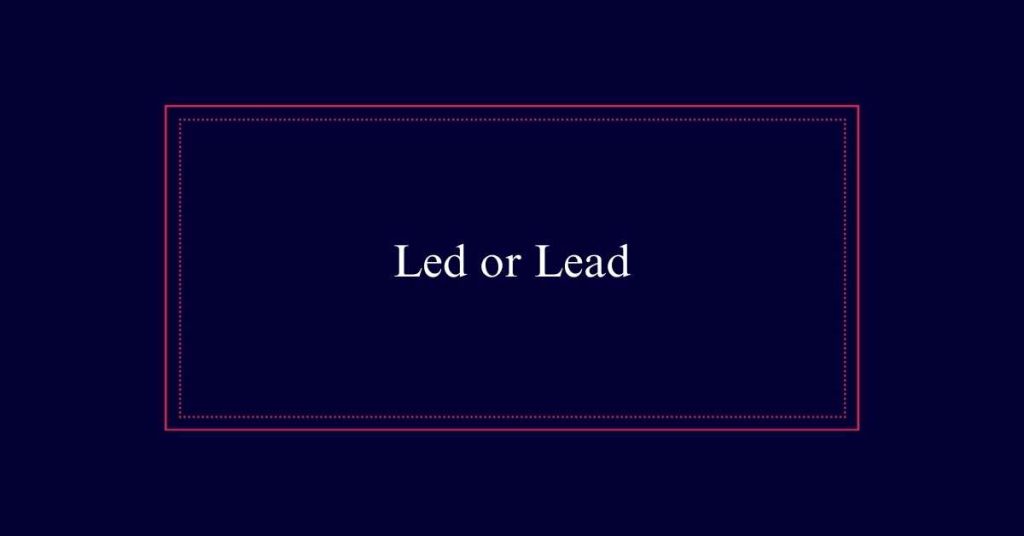
‘Lead’ as a Metal
Lead is a dense, soft metal known for its malleability and resistance to corrosion. It has been used for thousands of years in various applications. Historically, lead was used in pipes, paints, and even cosmetics. Today, its use is more regulated due to health concerns.
Lead can cause serious health issues if ingested or inhaled, leading to lead poisoning. Despite its risks, lead is still used in batteries, shielding for radiation, and some types of glass. Its properties make it suitable for these specialized applications.
The metal is also heavy, which is why phrases like ‘legs felt like lead’ are used to describe extreme tiredness or heaviness.
Examples of ‘Led’
Numerous examples illustrate the correct usage of ‘led’ in various contexts. This past tense form of ‘lead’ is essential for accurate communication.
To help clarify, consider the following examples:
Historical Contexts:
‘In 1964, the Warriors were led by Wilt Chamberlain in the Finals.’
This sentence shows leadership within a sports team.
Guidance and Direction:
‘She led us up four flights of narrow stairs.’
Here, ‘led’ indicates someone guiding others.
Achievements and Projects:
‘A team led by master chocolatier Jennifer Lindsey-Clarke made a model using chocolate.’
This example highlights leadership in a creative project.
Examples of ‘Lead’
Finally, ‘led’ serves to illustrate past actions, ‘lead’ is used to indicate present or future guidance and direction.
For example, one might say, ‘I will lead the meeting tomorrow,’ to indicate taking charge in the future. Similarly, ‘She leads the team with confidence’ demonstrates ongoing leadership.
In another context, ‘Effective leaders know how to lead by example’ shows the principle of guiding others. The term ‘lead’ also appears in statements like, ‘Strong communication skills lead to successful projects,’ highlighting a cause-and-effect relationship.
Lastly, ‘Will you lead the discussion on this topic?’ is an invitation to take the helm in an upcoming conversation. Each instance illustrates the use of ‘lead’ to describe present or future actions.
Sentence Usage
Understanding the correct usage of ‘lead’ and ‘led’ in sentences is essential for clear and effective communication. ‘Lead’ is present tense, while ‘led’ is its past tense. Misusing these can confuse readers and obscure your message.
Here are some examples to illustrate proper usage:
- Present Tense: ‘She always leads the team in a positive direction.’
- Past Tense: ‘Yesterday, she led the team to victory.’
- Metal: ‘The pipes were made of lead, which can be harmful.’
Common Misconceptions
A common misconception is that ‘lead’ and ‘led’ can be used interchangeably. However, this is incorrect. ‘Led’ is the past tense of ‘lead,’ meaning to guide or direct. For instance, ‘She led the team to victory.’
On the other hand, ‘lead’ is used in the present tense, as in ‘I will lead the project.’ Adding to the confusion, ‘lead’ can also refer to the heavy metal, pronounced ‘led,’ as in ‘The pipes contain lead.’ This dual meaning often results in mistakes.
To avoid errors, bear in mind: ‘led’ is the past tense, and ‘lead’ is for present or future use unless referring to the metal. Clear understanding of these distinctions guarantees proper usage.
Pronunciation Guide
To ensure accurate communication, it is crucial to distinguish the correct pronunciation of ‘lead’ and ‘led.’ The word ‘lead’ (present tense) is pronounced as ‘leed,’ similar to ‘read’ (present tense).
The past tense ‘led’ is pronounced as ‘led,’ akin to ‘read’ (past tense). Additionally, the noun ‘lead’ (the metal) is also pronounced ‘led.’
Here are three key points to remember:
- Lead (verb, present tense): Pronounced ‘leed’ (e.g., ‘I lead the team’).
- Led (verb, past tense): Pronounced ‘led’ (e.g., ‘She led the meeting’).
- Lead (noun, metal): Pronounced ‘led’ (e.g., ‘The pipe is made of lead’).
Tips for Correct Usage
Many writers often confuse the usage of ‘lead’ and ‘led,’ but following a few simple guidelines can help guarantee correct usage.
Always remember that ‘led’ is the past tense of ‘lead.’ For instance, you would write, ‘She led the team to victory,’ not ‘She lead the team to victory.’
Use ‘lead’ when referring to the present or future, as in ‘I will lead the discussion.’
Also, be aware of the noun ‘lead,’ which refers to the metal and is pronounced like ‘led.’
To avoid confusion, practice writing sentences with both forms and double-check your work. This will help you master their correct usage.


